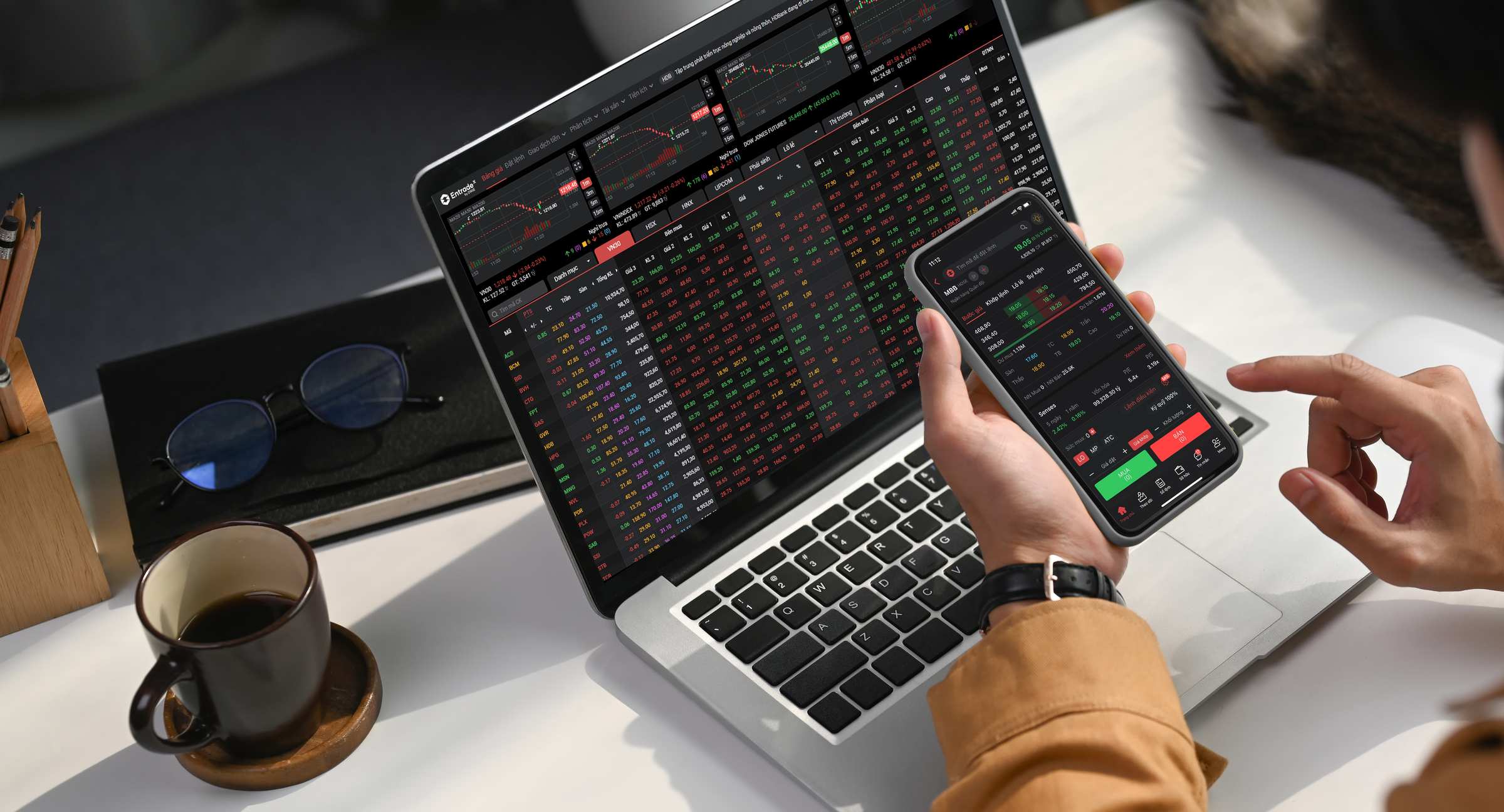Data from the fund certificate distribution platform Fmarket, based on portfolio reports at the end of August, shows a growing trend of increased cash holdings among many open-ended funds. Notably, SGI Capital's TBLF increased its cash position by 38.5%, the highest in the market. This fund currently holds almost 59.4% of its assets in cash.
Two other open-ended equity funds also increased their cash holdings by double-digit percentages: MB Capital's MBVF (up 18.1%) and Bao Viet Fund's BVPF (up 16%). UOB Asset Management's UVEEF and VinaCapital's VEOF also increased their cash positions by 5.1% and 4.4% respectively.
In a recent periodic report, SGI Capital mentioned that the VN-Index had risen continuously for five months since its April low, gaining nearly 60% without any major corrections exceeding 10%. This is one of the fastest and strongest rallies in the history of the Vietnamese stock market, driven primarily by domestic capital flows.
SGI Capital assessed this growth as "overheated" and believes it reflects high expectations and supporting information. Therefore, the fund's management experts suggest the market is potentially facing a 10-15% correction in the VN-Index. As of the end of August, the index closed above 1,682 points. Thus, there's a risk of the market being pulled back to around 1,430-1,514 points. If using the end of the first week of September as a benchmark, the VN-Index could correct to 1,417-1,500 points.
Speaking with VnExpress, Vu Thanh Huy, Head of Portfolio Management at FinSuccess Investment JSC, suggested there might be some bias in looking solely at this group of funds to assess the overall strategy of open-ended funds. This is because most funds increasing cash holdings have relatively small assets under management (AUM) and a rather "niche" client base.
However, he agreed that many open-ended funds have become more cautious after a period of rapid market growth. Several large institutions have increased their cash ratios to around 10%. Typically, open-ended funds maintain a cash ratio below 5% to meet liquidity needs.
FiinGroup's statistics also show that out of 34 open-ended equity funds, 13 increased their cash ratios in August. Some large funds, such as VESAF and VOF, have raised their cash ratios for the second consecutive month after realizing profits during the strong market rally.
According to Huy, this move stems from increased caution after the market's historic 600-point rise from its April low. This also makes short-term correction risks tangible. Even within a long-term uptrend, the market has historically experienced two to three interspersed corrections of 10-15%.
In addition, Huy believes that funds are also inclined to "protect their gains" as 2025 has been a successful year for many. Several funds have achieved returns of 30-40% after nine months, exceeding the long-term average of 15-20%. Therefore, a defensive strategy in the final months of the year seems to be prioritized.
From the perspective of the statistics provider, Fmarket suggests that holding high cash positions is not just defensive, but also a state of readiness to capitalize on emerging opportunities. Moreover, this move can sometimes be simply a stepping stone in the fund's portfolio restructuring process.
"Increasing or decreasing the cash ratio is only part of fund management strategy and does not directly reflect investment performance," the open-ended fund distribution platform emphasized.
 |
Investors are monitoring the stock market. Photo: DNSE |
Investors are monitoring the stock market. Photo: DNSE
During the continuous rally from May to August, half of the trading volume came from domestic institutional investors, demonstrating their growing role in leading the stock market. Therefore, observing the cash flow allocation of open-ended funds can provide individual investors with insights into optimal trading strategies.
Specifically, Vu Thanh Huy advises consistent investment and cautions against excessive betting on the market. Individual investors often favor large bets, fully utilizing margin when they anticipate market gains, or going full cash when predicting a sharp decline. This frequently leads to heavy losses because short-term market trends are random and difficult to predict accurately.
Furthermore, over-betting often puts investors in a passive position, leading to losses through margin calls, inability to restructure portfolios, or rapid market recoveries before they can buy back in. In reality, funds typically maintain a stock ratio above 70%, never going to the extreme of full cash.
"Maintain regular investments, even consider buying more quality stocks when the market dips significantly, and keep faith in the long-term upward trajectory of the stock market, driven by Vietnam's economic growth," Huy shared.
Avoiding herd mentality is the next piece of advice. This is a crucial factor contributing to the inefficiency of many individual investors. Many tend to chase after "hot" news, neglecting the true value of businesses, buying only when stock prices have already surged (FOMO), or fearfully cutting losses when stocks plummet, then holding cash when the market recovers most strongly. If investors can overcome this psychological factor and do the opposite, Huy believes investment efficiency will improve significantly. This is also the approach funds have employed to maintain superior performance over the years.
Huy also suggests that if an annual return of around 15-20% is expected, replicating the portfolios of large investment funds is a viable option. These funds primarily hold stocks of leading companies with good profitability, acting as a "second audit" for those businesses. Therefore, instead of seeking returns in risky areas, investors can opt for a more stable path that still offers good long-term returns.
Tat Dat












